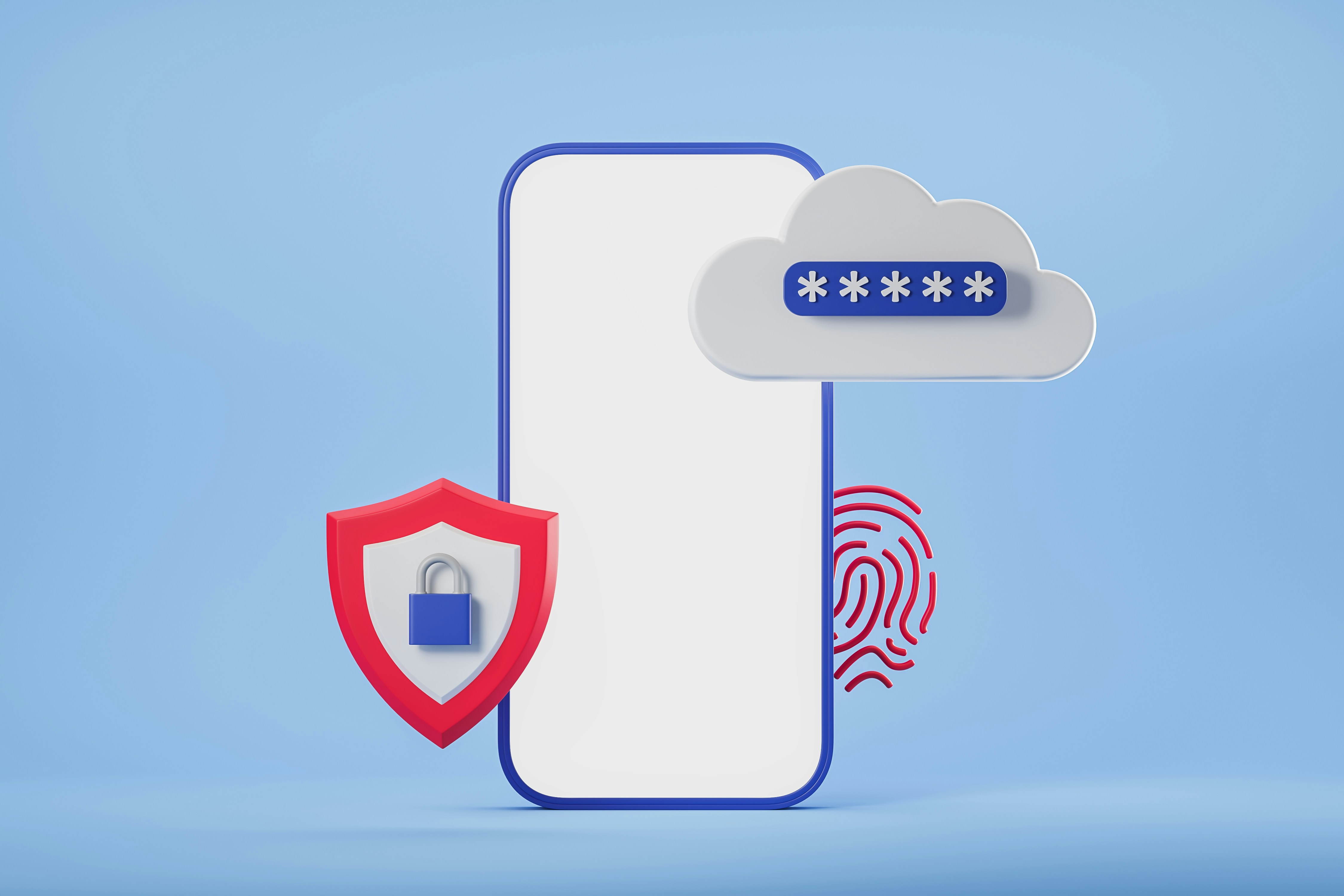In recent months, the cybersecurity landscape has seen the alarming return of two notorious malware strains: Bumblebee and Latrodectus. These malicious programs are back with enhanced capabilities and sophisticated phishing strategies, posing significant threats to individuals and organizations alike.
The Evolution of Bumblebee and Latrodectus Malware
Bumblebee Malware: Originally detected as a financial Trojan, Bumblebee has evolved into a versatile threat capable of delivering various payloads. It employs advanced evasion techniques to circumvent traditional security measures, making it a formidable challenge for cybersecurity professionals.
Latrodectus Malware: Known for its stealth and persistence, Latrodectus malware has been linked to espionage activities and data theft. Its latest iterations feature improved encryption and obfuscation methods, allowing it to remain undetected for extended periods.
Sophisticated Phishing Strategies
The resurgence of these malware strains is marked by their use of highly sophisticated phishing tactics.These are some of the primary tactics they use:
- Targeted Spear Phishing: Bumblebee and Latrodectus now utilize highly personalized spear phishing emails that appear to come from trusted sources. These emails often contain convincing narratives and use social engineering techniques to lure victims into clicking malicious links or downloading infected attachments.
- Credential Harvesting: Both malware strains have been observed using phishing websites designed to mimic legitimate login pages. Unsuspecting users are tricked into entering their credentials, which are then harvested by the attackers.
- Multi-Stage Attacks: These malware variants often use a multi-stage attack approach. Initially, a benign-looking email may contain a link to a harmless document. Once the user interacts with the document, additional malicious payloads are downloaded, executing the full attack.
- Advanced Social Engineering: By leveraging information from social media and other public sources, attackers create highly believable phishing campaigns. This increases the likelihood of success as targets are more likely to trust the content of the messages they receive.
Impact and Consequences
The impact of Bumblebee and Latrodectus malware can be devastating. They can lead to financial loss, data breaches, and compromised personal information. For organizations, the consequences can include operational disruption, reputational damage, and hefty regulatory fines.
Protecting Against Advanced Phishing Threats
To safeguard against these sophisticated threats, consider the following measures:
- Education and Awareness: Regularly educate employees and users about the latest phishing tactics and how to recognize suspicious emails and links.
- Advanced Email Filtering: Implement advanced email security solutions that can detect and block phishing emails before they reach the inbox.
- Multi-Factor Authentication (MFA): Use MFA to add an extra layer of security for accessing sensitive accounts and systems.
- Regular Updates and Patching: Ensure all software and systems are consistently updated with the latest security patches to address and mitigate vulnerabilities.
- Incident Response Plan: Develop and maintain an incident response plan to quickly address any security breaches or malware infections.
Conclusion
The return of Bumblebee and Latrodectus malware, armed with sophisticated phishing strategies, underscores the importance of staying vigilant and proactive in cybersecurity efforts. By understanding their methods and implementing robust protection measures, individuals and organizations can better defend against these advanced cyber threats. Stay informed, stay secure, and safeguard your digital assets from the evolving landscape of malware attacks.
By focusing on these aspects, this article aims to provide comprehensive insights into the resurgence of Bumblebee and Latrodectus malware, helping readers understand the risks and take appropriate actions to protect themselves.


.jpg)



